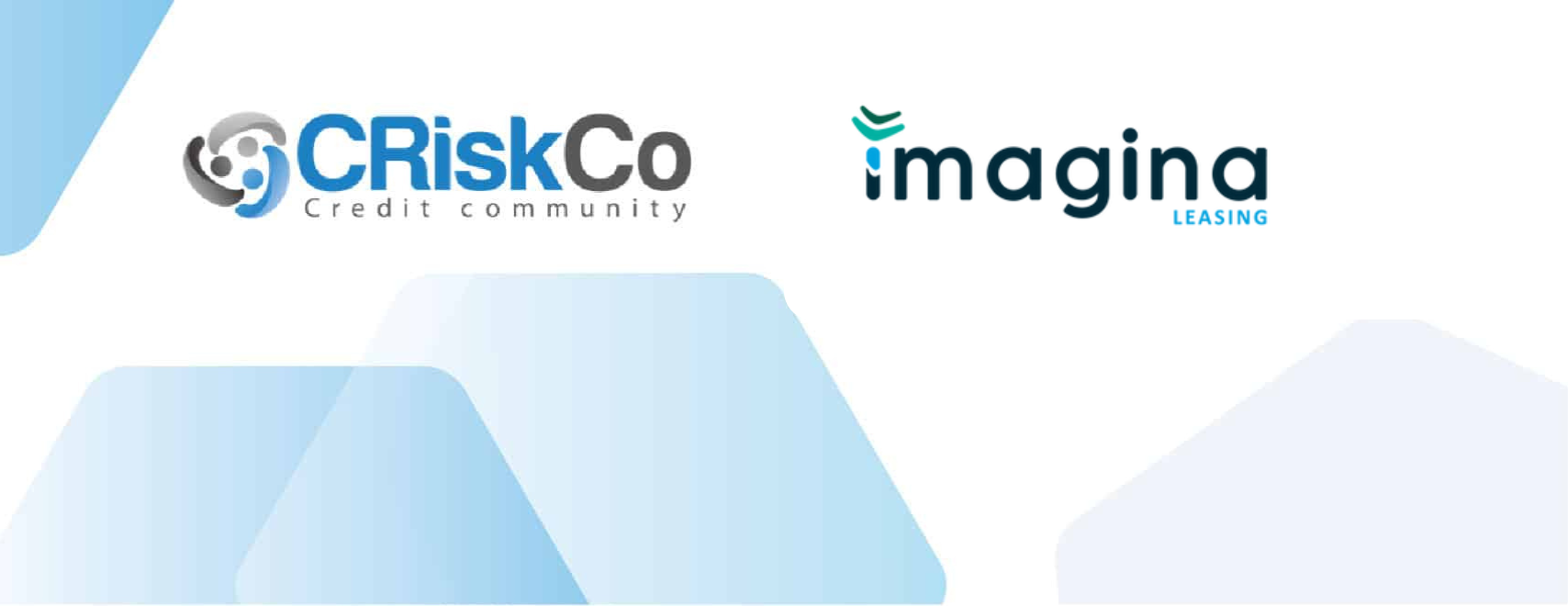- Blog
- Aug 21
Cash Flow Challenge in Mexico

By Erez Saf,
CEO & Founder
According to the World Economic Forum’s Global Competitiveness Report, Mexico ranks 110th out of 141 countries in terms of access to financing. This lack of access to finance can make it difficult for businesses to manage their cash flow and invest in their future growth. As part of my work, I go through hundreds of business financials every year. I have seen firsthand how important cash flow is for the success of businesses in Mexico. It is a critical component of any business and managing it properly can make the difference between success and failure. We, in Mexico, need to improve the tools available to managers and business owners to predict cash flow and enable more access to credit for SMBs. In this article, I will explain why cash flow is so important, what it is, how businesses can predict it, and provide some statistics on failed businesses in Mexico due to cash flow problems.
What is cash flow?
Cash flow refers to the amount of cash that comes in and goes out of a business over a period. It is different from profit, which is the amount of revenue that exceeds expenses.
There are two types of cash flow: positive cash flow and negative cash flow. Positive cash flow means that a business has more cash coming in than going out, while negative cash flow means that a business has more cash going out than coming in.

Image Credit: monetohq.com
Why is cash flow important?
Cash flow is the lifeblood of any business. It represents the cash that comes in and goes out of a business over a period. It is important for businesses to understand their cash flow so they can make informed decisions about their finances and avoid cash flow problems. For example, a business with positive cash flow can use the cash to invest in growth opportunities or pay down debt. On the other hand, a business with negative cash flow may struggle to pay its bills or meet its obligations, which can lead to financial distress and even bankruptcy.
In Mexico, cash flow management is a significant challenge for businesses, particularly small and medium-sized enterprises (SMEs). According to a survey conducted by the Mexican Association of Online Sales (AMVO), more than 60% of SMEs in Mexico experience cash flow problems, which is one of the main reasons for their failure. These challenges are even more pronounced for businesses in certain sectors, such as retail, hospitality, and construction, where cash flow fluctuations can be more pronounced.
How should business owners predict cash flow?
Business owners can predict cash flow by creating a cash flow projection. A cash flow projection is a forward-looking estimate of a business’ cash inflows and outflows over a period. This could be month by month or a 12-month forecast. It considers both the timing and amount of cash coming in and going out and can help business owners anticipate potential cash flow problems.
To create a cash flow projection, place on a calendar the expected amount on the exact date (in green). This could include sales revenue, loans, investments, or any other source of cash.
Next, identify your expenses and estimate the timing and amount of each expense, and place the amount of each expense on the calendar (in red). This could include rent, payroll, inventory, and any other expenses that the business incurs.
Once you’ve placed all income and expenses, you can use a spreadsheet or accounting software to create a cash flow projection. The projection should be updated regularly to reflect any changes in cash inflows or expenses.

In addition to the cash flow prediction, there are two signals you can look for that can also help businesses predict cash flow.
By tracking inventory levels and sales patterns, businesses can estimate their future cash inflows and outflows.
Accounts receivable aging: Businesses can also predict cash flow by analyzing their accounts receivable aging report. This report shows the age of each outstanding invoice and helps business owners estimate when they will receive payment for their outstanding invoices.
Fintech Solutions for Cash Flow Management
Fintech companies can play a critical role in helping businesses manage their cash flow. They offer a range of solutions, including online accounting software, digital payment platforms, and invoice factoring services.
Online accounting software can help businesses track their cash inflows and expenses and create a cash flow projection. These tools can be particularly useful for businesses that do not have a dedicated finance team or that are not familiar with accounting.
Digital payment platforms can also help businesses manage their cash flow by providing a faster and more efficient way to receive payments. By using digital payment platforms, businesses can reduce the amount of time it takes to process payments and improve their cash flow.
I’ve added some sad statistics that illustrate the severity of the cash flow problem facing businesses in Mexico:
- According to the National Institute of Statistics and Geography (INEGI), more than 60% of businesses in Mexico fall within their first three years of operation. Cash flow problems are one of the main reasons for their failure.
- A survey conducted by the Mexican Association of Online Sales (AMVO) found that 62% of SMEs in Mexico experience cash flow problems, which is one of the primary reasons for their failure.
- A study conducted by the World Bank found that access to finance is a significant barrier for SMEs in Mexico. Many businesses struggle to obtain the capital they need to manage their cash flow and invest in growth opportunities.
- According to the World Economic Forum’s Global Competitiveness Report, Mexico ranks 110th out of 141 countries in terms of access to financing. This lack of access to finance can make it difficult for businesses to manage their cash flow and invest in their future growth.
To conclude, cash flow management is a critical component of business success, and without proper management, businesses will struggle to survive. Fintech companies can play a crucial role in helping businesses manage their cash flow more effectively and reduce the risk of financial distress. However, it cannot be done by relying on fintech only and without the proper support of the banks and financial entities, the regulator, and the continuation of technology adoption in Mexico.
Related Posts

Case Study: Imagina Leasing’s Improved Credit Decisions
Executive Summary Imagina Leasing, a leader in Mexico’s leasing industry, was on a mission to enhance the precision and security of its credit evaluations. Facing challenges in verifying financial documents and managing risks, they turned…
- Nov 14

Strengthen Risk Management with the New Financial Suppliers Tab
We’re thrilled to unveil an exciting update to our UI! Introducing the “Financial Suppliers” tab, now available on the company reports page and in the SAT information report. Know Your Competition and Past Financing Deals…
- Jul 29
Recent Posts
Subscribe
Join our newsletter and stay up to date!